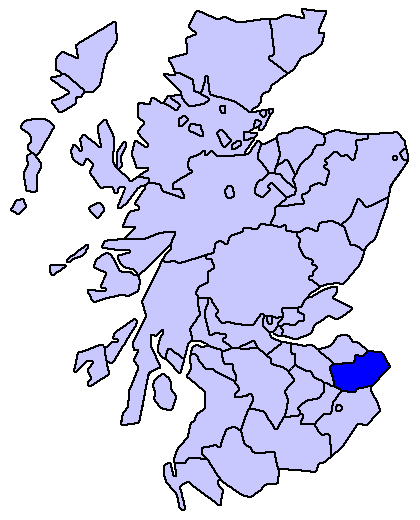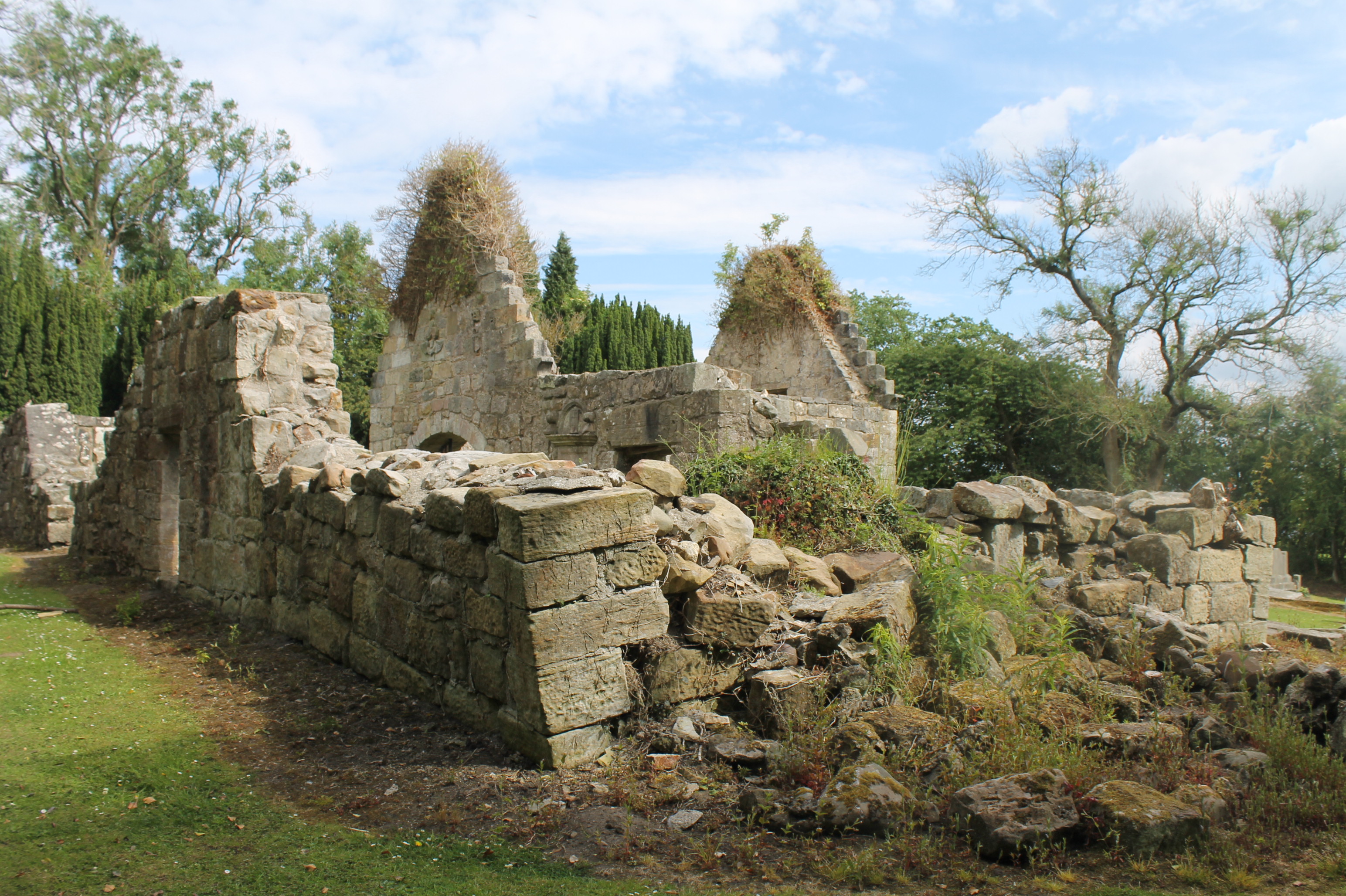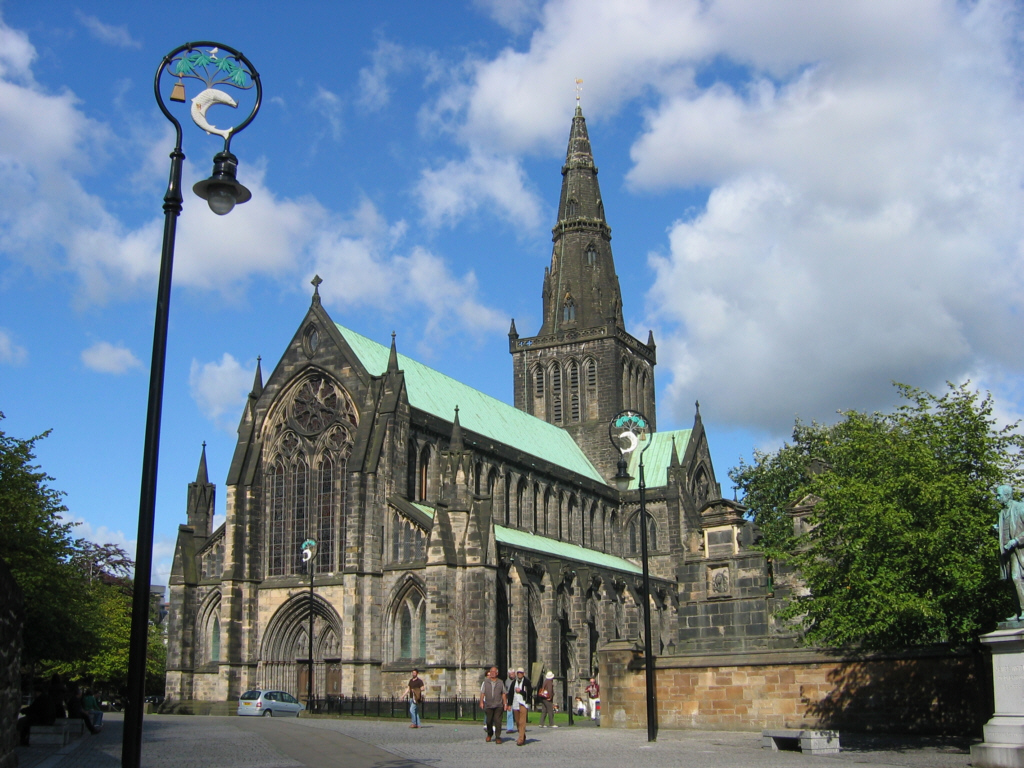|
Tulliallan
Tulliallan (Gaelic ''tulach-aluinn'', 'Beautiful knoll') was an estate in Perthshire, Scotland, near to Kincardine, and a parish. The Blackadder lairds of Tulliallan, a branch of the Blackadder border clan, wielded considerable power in the 15th and 16th centuries. The modern Tulliallan Castle is relatively recent, built in 1812-1820 and now the home of the Scottish Police College Parish The original parish of Tulliallan covered only the barony of Tulliallan. In 1673 it was extended to include the barony of Kincardine and the lands of Lurg, Sands and Kellywood, formerly included in the neighbouring Culross parish. For many years the parishes of Culross and Tulliallan formed an exclave some miles away from the rest of Perthshire, on the boundaries of Clackmannanshire and Fife. Culross and Tulliallan were transferred to Fife based on the recommendations of the boundary commission appointed under the Local Government (Scotland) Act 1889. The parish is bounded on the west and ... [...More Info...] [...Related Items...] OR: [Wikipedia] [Google] [Baidu] |
Tulliallan Castle
Tulliallan Castle is a large house in Kincardine, Fife, Scotland. It is the second structure to have the name, and is a mixture of Gothic and Italian style architecture set amid some of parkland just north of where the Kincardine Bridge spans the Firth of Forth. It has been the home of the Scottish Police College since 1954. On 1 April 2013, Tulliallan Castle became the headquarters of Police Scotland (the newly created national police service for Scotland), but in 2014 the service's headquarters temporarily relocated to nearby Stirling in the former Central Scotland Police HQ. 14th-century castle An earlier structure about northwest, Old Tulliallan Castle, was built by 1304, when it was ordered to be strengthened by Edward I of England, it then passed into the ownership of William Douglas, 1st Earl of Douglas, and was granted by the Douglases to the Edmonstones, and thence to a junior branch of the Blackadders, and finally to the Bruces of Carnock. A fortified house with a ke ... [...More Info...] [...Related Items...] OR: [Wikipedia] [Google] [Baidu] |
Scottish Police College
The Scottish Police College is based at Tulliallan Castle, in Kincardine. Since 1 April 2013, the college has been under the control of Police Scotland. In addition to probationer training, the college provides training in various specialist areas, such as Road Policing, Criminal Investigation, and training for newly promoted officers. The motto of the college is, ''BI GLIC - BI GLIC'', which is the cry of the oystercatcher which translates from Gaelic as 'Be Wise, Be Circumspect'. Oystercatchers can be found throughout the grounds of the college. The college's achievement depicts two oystercatchers surrounding the escutcheon of the Scottish Police Service which is in itself surrounded by two books to signify learning. History Tulliallan Castle, a 160-year-old mixture of Gothic and Italian style architecture set amid some of parkland just north of where the Kincardine Bridge spans the River Forth, is the home of the Scottish Police College. The castle was built for George Ke ... [...More Info...] [...Related Items...] OR: [Wikipedia] [Google] [Baidu] |
Clan Blackadder
Clan Blackadder is a Scottish clan. The clan historically held lands near the Anglo-Scottish border. Clan status Today Clan Blackadder does not have a chief recognised by the Lord Lyon King of Arms, therefore the clan has no standing under Scots Law. Clan Blackadder is considered an armigerous clan, meaning that it is considered to have had at one time a chief who possessed the chiefly arms, however no one at present is in possession of such arms. The arms of Blackadder of that Ilk are blazoned as: '' Azure, on a chevron Argent three roses Gules''. Name The clan name is a territorial name derived from the lands of Blackadder in Berwickshire. The lands, in turn, are named after the Blackadder Water, a river which is part of the River Tweed system, and which runs through the Scottish Borders. The name ''Blackadder'' is derived from the Old English ''awedur'' which means "running water" or "stream". George Fraser Black states that in 1426, Blakadir de Eodem ( of that Ilk) held the ... [...More Info...] [...Related Items...] OR: [Wikipedia] [Google] [Baidu] |
Kincardine-on-Forth
Kincardine ( ; gd, Cinn Chàrdainn) or Kincardine-on-Forth is a small town on the north shore of the Firth of Forth, in Fife, Scotland. The town was given the status of a burgh of barony in 1663. It was at one time a reasonably prosperous minor port. The townscape retains many good examples of Scottish vernacular buildings from the 17th, 18th and early 19th centuries, although it was greatly altered during the construction of Kincardine Bridge in 1932–1936. It is in the civil parish of Tulliallan. Etymology The name ''Kincardine'', recorded in 1540 as ''Kincarne'', may be of either Pictish or Gaelic origin (It is also recorded as ''Kincarnyne''). The second element is Pictish ''*carden'', conceivably loaned into Gaelic, meaning "woodland" or perhaps "enclosure, encampment" (Middle Welsh ''cardden''). The first element is the Gaelic ''ceann'', "head end", but in view of the second element's "Pictish" distribution, it is most appropriately seen as an adaptation or tra ... [...More Info...] [...Related Items...] OR: [Wikipedia] [Google] [Baidu] |
Perthshire
Perthshire ( locally: ; gd, Siorrachd Pheairt), officially the County of Perth, is a historic county and registration county in central Scotland. Geographically it extends from Strathmore in the east, to the Pass of Drumochter in the north, Rannoch Moor and Ben Lui in the west, and Aberfoyle in the south; it borders the counties of Inverness-shire and Aberdeenshire to the north, Angus to the east, Fife, Kinross-shire, Clackmannanshire, Stirlingshire and Dunbartonshire to the south and Argyllshire to the west. It was a local government county from 1890 to 1930. Perthshire is known as the "big county", or "the Shire", due to its roundness and status as the fourth largest historic county in Scotland. It has a wide variety of landscapes, from the rich agricultural straths in the east, to the high mountains of the southern Highlands. Administrative history Perthshire was an administrative county between 1890 and 1975, governed by a county council. Initially, Perths ... [...More Info...] [...Related Items...] OR: [Wikipedia] [Google] [Baidu] |
Robert Blackadder
Robert Blackadder was a medieval Scottish cleric, diplomat and politician, who was abbot of Melrose, bishop-elect of Aberdeen and bishop of Glasgow; when the last was elevated to archiepiscopal status in 1492, he became the first ever archbishop of Glasgow. Archbishop Robert Blackadder died on 28 July 1508, while ''en route'' to Jerusalem on pilgrimage. Education and early career Robert was the younger brother of Patrick Blackadder of Tulliallan, a middling Fife laird. Robert studied at the University of St Andrews (where his name is listed among the students in either 1461 or 1462), and in 1464 he was received as a bachelor in the University of Paris. The following year, 1465, he graduated as licentiate. In 1471 King James III of Scotland sent him as a messenger to Pope Paul II. It was probably while at Rome that Robert secured from the pope the abbacy of Melrose. This was the first time a non-Cistercian had become abbot at Melrose, and moreover, the pope granted Blackadde ... [...More Info...] [...Related Items...] OR: [Wikipedia] [Google] [Baidu] |
Blackader Castle
Blackadder House was an estate and stately house near the village of Allanton, in Berwickshire, Scotland. It was built on the site of the earlier Blackadder Castle. The house was vandalised by troops in World War I. Since there was no money to repair it, the house was demolished around 1925. Early History of the Blackadder Estate The Blackadder family were an integral part of the constant Borders’ feuds, and extended their lands by grants from James II. These were bestowed as a reward for repelling English raids, with great ferocity. The Borders holdings of Blackadder of that ilk were taken into the family of Home (now the Home Robertson family) by the forced marriage of Beatrix and her younger sister, the only heirs of their father Robert, to younger sons of Home of Wedderburn in 1518. According to Anderson, this was achieved in the following manner: ‘Andrew Blackadder followed the standard of Douglas at Flodden in 1513 and was slain along with two hundred gentlemen of tha ... [...More Info...] [...Related Items...] OR: [Wikipedia] [Google] [Baidu] |
Allanton, Scottish Borders
Allanton ( gd, Baile Alain) is a small village in the Scottish Borders region of Scotland. Historically part of Berwickshire, for many years it was part of the estate of Blackadder House, which was demolished around 1925. Locality Allanton is in Edrom Parish, a rural Parish of east central Berwickshire being bounded on the north by the Parishes of Bunkle and Preston and Chirnside, on the east by the Parishes of Chirnside, Hutton and Whitsome and Hilton, on the south by the Parishes of Whitsome and Hilton, Swinton and Fogo and on the west by the Parishes of Langton and Duns. Allanton lies south of Chirnside and west of the border with Northumberland. Its closest market towns are Duns and Berwick-upon-Tweed. The village stands high above the confluence of the Whiteadder and Blackadder Waters, the site of two bridges. Allanton Bridge forms two spans over the Whiteadder Water, dated 1841, by Robert Stevenson and Sons. Blackadder Bridge spans the Blackadder Water, dat ... [...More Info...] [...Related Items...] OR: [Wikipedia] [Google] [Baidu] |
Culross
Culross (/ˈkurəs/) (Scottish Gaelic: ''Cuileann Ros'', 'holly point or promontory') is a village and former royal burgh, and parish, in Fife, Scotland. According to the 2006 estimate, the village has a population of 395. Originally, Culross served as a port city on the Firth of Forth and is believed to have been founded by Saint Serf during the 6th century. The civil parish had a population of 4,348 in 2011.Census of Scotland 2011, Table KS101SC – Usually Resident Population, publ. by National Records of Scotland. Web site http://www.scotlandscensus.gov.uk/ retrieved March 2016. See "Standard Outputs", Table KS101SC, Area type: Civil Parish 1930 Founding legend A legend states that when the Brittonic princess (and future saint) Teneu, daughter of the king of Lothian, became pregnant before marriage, her family threw her from a cliff. She survived the fall unharmed, and was soon met by an unmanned boat. She knew she had no home to go to, so she got into the boat; it saile ... [...More Info...] [...Related Items...] OR: [Wikipedia] [Google] [Baidu] |
Fife
Fife (, ; gd, Fìobha, ; sco, Fife) is a council area, historic county, registration county and lieutenancy area of Scotland. It is situated between the Firth of Tay and the Firth of Forth, with inland boundaries with Perth and Kinross (i.e. the historic counties of Perthshire and Kinross-shire) and Clackmannanshire. By custom it is widely held to have been one of the major Pictish kingdoms, known as ''Fib'', and is still commonly known as the Kingdom of Fife within Scotland. A person from Fife is known as a ''Fifer''. In older documents the county was very occasionally known by the anglicisation Fifeshire. Fife is Scotland's third largest local authority area by population. It has a resident population of just under 367,000, over a third of whom live in the three principal towns, Dunfermline, Kirkcaldy and Glenrothes. The historic town of St Andrews is located on the northeast coast of Fife. It is well known for the University of St Andrews, the most ancie ... [...More Info...] [...Related Items...] OR: [Wikipedia] [Google] [Baidu] |
Glasgow Cathedral
Glasgow Cathedral ( gd, Cathair-eaglais Ghlaschu) is a parish church of the Church of Scotland in Glasgow, Scotland. It is the oldest cathedral in mainland Scotland and the oldest building in Glasgow. The cathedral was the seat of the Archbishop of Glasgow, and the mother church of the Archdiocese of Glasgow and the Province of Glasgow, until the Scottish Reformation in the 16th century. Glasgow Cathedral and St Magnus Cathedral in Orkney are the only medieval cathedrals in Scotland to have survived the Reformation virtually intact. The medieval Bishop's Castle, Glasgow, Bishop's Castle stood to the west of the cathedral until the 18th century. The cathedral is dedicated to Saint Mungo, the patron saint of Glasgow, whose tomb lies at the centre of the building's Lower Church. The first stone cathedral was dedicated in 1136, in the presence of David I of Scotland, David I. Fragments of this building have been found beneath the structure of the present cathedral, which was dedicate ... [...More Info...] [...Related Items...] OR: [Wikipedia] [Google] [Baidu] |
Archbishop Of Glasgow
The Archbishop of Glasgow is an archiepiscopal title that takes its name after the city of Glasgow in Scotland. The position and title were abolished by the Church of Scotland in 1689; and, in the Scottish Episcopal Church, it is now part of the Episcopal bishopric of Glasgow and Galloway. In the Roman Catholic Church, the title was restored by Pope Leo XIII in 1878. The present Archbishop is William Nolan, who was installed on 26 February 2022. History The Diocese of Glasgow originates in the period of the reign of David I, Prince of the Cumbrians, but the earliest attested bishops come from the 11th century, appointees of the Archbishop of York. The episcopal seat was located at Glasgow Cathedral. In 1492, the diocese was elevated to an archdiocese by Pope Innocent VIII. After the Scottish church broke its links with Rome in 1560, the archbishopric continued under the independent Scottish church until 1689 when Episcopacy in the established Church of Scotland was finall ... [...More Info...] [...Related Items...] OR: [Wikipedia] [Google] [Baidu] |







